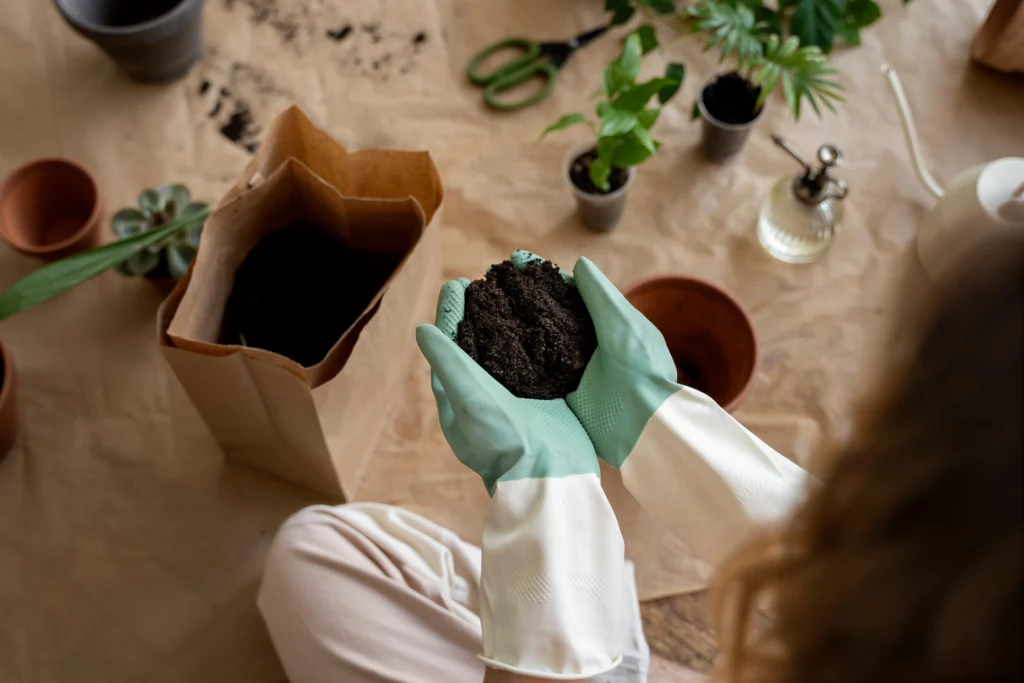Introduction
The United States biodegradable plastics market, valued at $2.3 billion in 2025, is projected to exceed $5.5 billion by 2035, marking a 9.0% compound annual growth rate. This expansion reflects growing consumer environmental consciousness and increasing regulatory pressure on single-use petroleum-based plastics. Learning to create homemade bioplastics offers an excellent STEM educational opportunity while producing genuinely functional, biodegradable materials. This detailed, evidence-based guide provides step-by-step instructions for synthesizing starch-based biopolymers using standard kitchen ingredients. Targeted toward educators developing sustainability-focused curricula, environmentally motivated consumers, DIY enthusiasts, and chemistry students, this tutorial proves that sophisticated polymer chemistry accessible without laboratory infrastructure or expensive equipment. The homemade bioplastic formulation taught here relies on thermal polymerization of starch with glycerin plasticizers and acetic acid cross-linking agents, producing semi-crystalline thermoplastic materials with adjustable properties.
Table of Contents
What is Bioplastic?
Bioplastic is a type of plastic made from biological substances rather than petroleum. Unlike conventional plastics, which are harmful to the environment, bioplastics are biodegradable and often compostable. They break down more easily in natural environments, reducing pollution and waste.
Why Make Bioplastic at Home?
- Environmental Impact: Petroleum-based plastics persist in the environment for 400-600 years; bioplastics degrade in 1-3 years under proper composting conditions, significantly reducing landfill burden.
- Polymerization Expertise: Creating bioplastics teaches chemistry principles including thermal processing, cross-linking reactions, and material property modification—practical knowledge applicable to professional polymer engineering roles.
- Economic Accessibility: Laboratory-grade polymers cost $50-$500 per kilogram; homemade bioplastic production costs less than $2 per 100g batch, democratizing materials science education.
Materials You’ll Need
The following ingredients produce approximately 100-150 grams of bioplastic. All materials are food-grade or commonly available at supermarkets and pharmacies. The formulation creates a thermoplastic polymer suitable for both injection molding and extrusion applications:
- Cornstarch (1 tablespoon)
- Distilled Water (1 cup)
- Glycerin (1 teaspoon) – Available at pharmacies or online.
- White Vinegar (1 tablespoon)
- Food Coloring (optional) – For adding color to your bioplastic.
- Non-stick Pan – To mix and heat your ingredients.
- Stove – For heating the mixture.
- Mold or Surface – To shape your bioplastic.
Step-by-Step Guide to Making Bioplastic
- Mix the Ingredients
- Start by adding 1 tablespoon of cornstarch into your non-stick pan.
- Slowly pour in 1 cup of distilled water, stirring continuously to avoid lumps.
- Add 1 teaspoon of glycerin. The amount of glycerin you use will determine the flexibility of your bioplastic—more glycerin creates a softer material.
- Add 1 tablespoon of white vinegar. Vinegar helps in the process of polymerization, making your bioplastic more stable.
- Heat the Mixture
- Place the pan on the stove over medium heat.
- Stir the mixture continuously as it heats up. You’ll notice it starting to thicken.
- As the mixture becomes more viscous and begins to gel, continue stirring to prevent burning.
- The mixture will turn translucent and take on a glossy appearance. This indicates that your bioplastic is ready.
- Add Color (Optional)
- If you want to add color, now is the time. Mix in a few drops of food coloring while the mixture is still hot. Stir thoroughly to ensure even distribution.
- Shape Your Bioplastic
- Once the mixture is fully cooked and evenly colored, pour it onto your mold or a flat, smooth surface.
- Spread the bioplastic evenly, shaping it as desired. You can create sheets, molds, or any other shapes depending on your project.
- Allow it to cool and solidify. This usually takes a few hours, depending on the thickness of your bioplastic.
- Let it Dry
- After the bioplastic has cooled and set, leave it in a well-ventilated area to dry completely. This process can take anywhere from 24 to 48 hours.
- Once dried, your bioplastic is ready to use! You can cut, mold, or shape it further depending on your needs.

Uses for Homemade Bioplastic
Homemade bioplastic has a variety of applications. You can use it to create eco-friendly packaging, craft projects, or even small biodegradable containers. While not as durable as commercial plastics, it’s an excellent alternative for short-term use and offers a hands-on approach to sustainability.
Conclusion
Making bioplastic at home is not only a fun and educational project but also a step towards a more sustainable lifestyle. By following this simple guide, you can create your own biodegradable plastic, reducing your carbon footprint and contributing to a healthier planet. Experiment with different shapes, colors, and thicknesses to find the perfect use for your homemade bioplastic.
